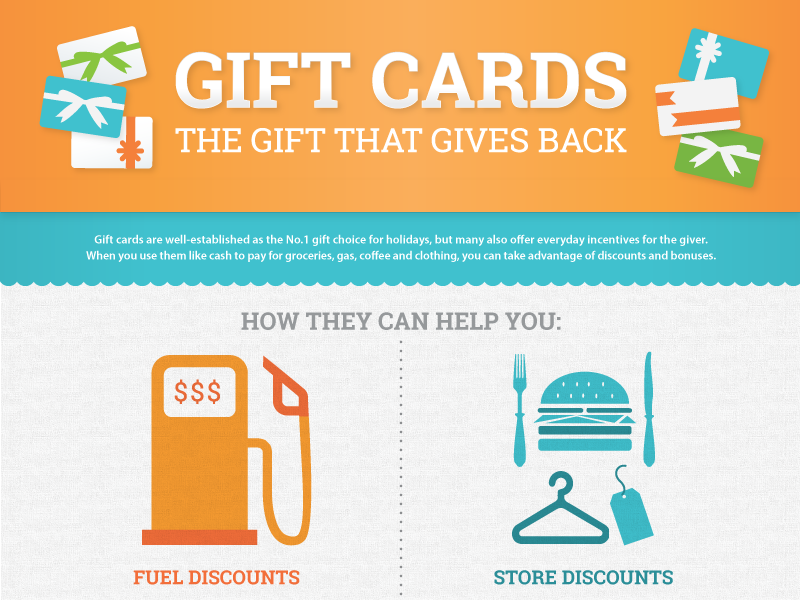Although they might seem similar, engraving and engraving vary in their methods and outcomes. Recognizing these procedures is necessary for any type of business wanting to customize glass items.
Laser etching uses concentrated heat to thaw the micro surface area of your material, creating recessed markings that withstand damage and can be read under severe conditions. It's ideal for points that need to be traceable, like commercial parts.
Appearances
Etching and etching both create sturdy, responsive designs that stand out on the glass surface area. They are optimal for projects that need a refined, stylish look.
Laser etching can be utilized to inscribe glass, however it requires a protective layer or guard to avoid heat damages to the glass. A specialized spray or coating is available for this purpose and can be related to thin glass to lower fracturing or damages during the engraving procedure.
It's likewise feasible to engrave glass by hand making use of a rotary tool. This method is taxing and labor-intensive, however it can create high-quality outcomes when done properly. Make certain to wear safety equipment like safety glasses and a respirator mask to shield yourself from dirt and debris. You can begin by attracting your design on the glass with a pen, after that insert the rotary tool and slowly follow your layout to etch it into the glass. After the inscription is complete, carefully get rid of any remaining dust or residue.
Adaptability
The inscribing procedure provides a variety of applications for glass products. It is extremely functional and can be utilized on various materials and densities of glass. It is likewise very specific and produces detailed, high-contrast designs on the glass surface area. It can be used on both flat and curved surface areas.
Glass inscription is a popular choice for glass items like wine bottles, building dividings, and health club style. It generates a soft and refined layout that is not as obvious as etching, making it a superb option for ambient looks.
To minimize warmth stress on slim glass, use a safety product like covering up tape or a wet paper towel to the surface before laser engraving. This absorbs and disperses laser power to minimize local heating and avoid cracking. Alternatively, covering the glass with a mild cleaning agent or dishwashing soap can additionally be an efficient pre-coating. Just bear in mind to cover only the laser-contacting face of the glass with these moisture-absorbing pre-treatments.
Durability
Laser glass engraving develops deep, irreversible markings that are durable and visually striking. It's ideal for artistic or light business purposes that call for a refined look. Inscription needs specific and controlled handling of the glass to prevent warmth damage and fracturing. Thin or delicate glass can be extra prone to the high-contrast effects of laser inscription, making it important to check the process closely for indications of overheating and cracking.
Engraving utilizes a diamond-tipped tool to cut into the surface of the glass, developing a textured mark that's much less aesthetically striking than laser etching. It's a typical selection for applications where a frozen effect is preferred, such as decorative glass windows and personalized gifts. Like laser engraving, etching is extremely precise and ideal for logo designs and other in-depth images. Evergreen Glass makes use of cutting edge laser devices adjusted for optimal efficiency to accomplish etching and inscribing with outstanding precision. For added comfort, our machines feature built-in security attributes that ensure glass jewelry box gift safe procedure.
Price
Glass etching entails the use of chemical services to develop a design. While this technique is not as accurate and reliable as laser etching, it is still an excellent option for artisanal glasswork, which can be a great way to raise an unique celebration present or celebratory item.
For the very best results, it is essential to test a sample item of glass prior to applying any type of etching lotions. Different kinds of glass may react in different ways to the chemicals. Some will engrave really rapidly while others may take much longer. Sometimes, an item of glass might also fall short to engrave in all!
Laser engraving involves using a computer-guided system, generally described as a CNC (Computer Numerical Control) device, to direct a focused laser light beam at the surface area of the glass. This process requires a top-level of technological ability and imagination. It is an efficient way to inscribe detailed patterns on large tasks with high levels of precision.
